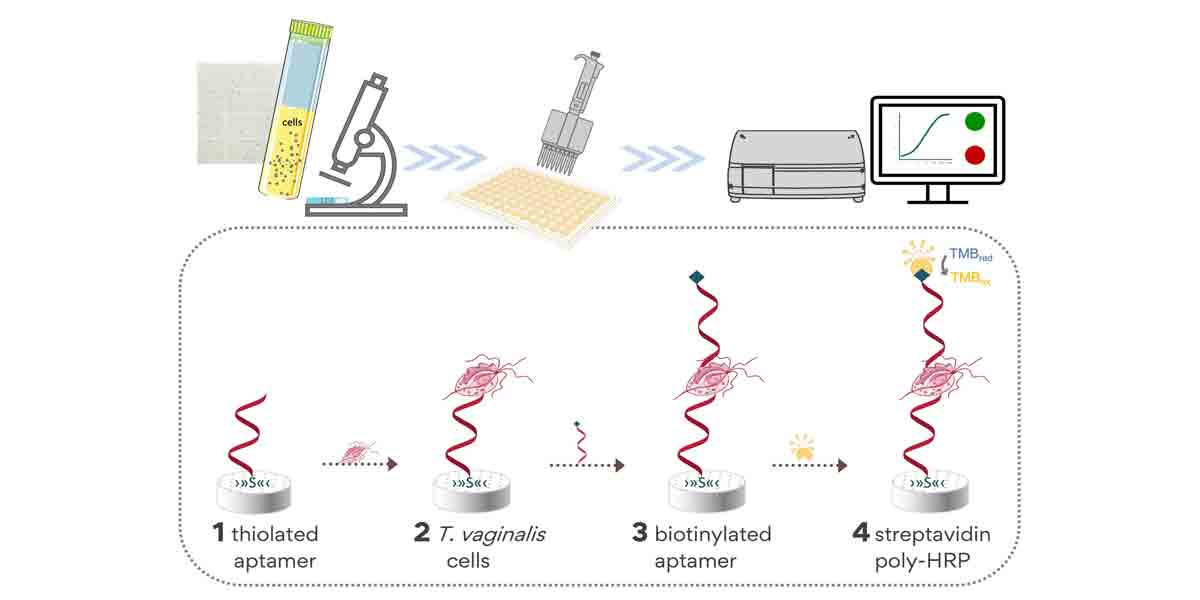
While cigarette smoking is probably the most researched form of tobacco use – with links to cardiovascular disease, several types of cancer and many other medical conditions now well-established – there is no safe form of tobacco use and it is never too early or too late to quit, says an expert from global health system Cleveland Clinic, speaking ahead of World No Tobacco Day on 31 May.
“From smoking cigarettes and shisha – even occasionally – to chewing tobacco, having a cigar without inhaling, and vaping liquid nicotine, all forms of nicotine use have health risks,” says pulmonologist Humberto Choi, MD. “Anything that contains nicotine is addictive, and almost all nicotine-delivery methods also contain chemicals such as acetaldehyde and formaldehyde, known to cause cancer, and crolein, diacetyl and diethylene glycol, known to cause lung disease.”
Dr. Choi adds that the harmful effects of nicotine use are cumulative, and people often do not realize the extent of the harm they are doing to themselves until they develop a chronic health condition.
“Vaping is particularly challenging as we do not yet know the full implications for health, even though it has already been linked to lung inflammation and we know that the many of the same mechanisms that cause issues in smoking are involved,” says Dr. Choi.
In addition to the harm from the chemicals and additives in vapes, Dr. Choi points out that some vaping liquids contain very high levels of nicotine, making them very addictive, and that vapes are often more tolerated in public spaces, with more opportunities for a quick puff. The result is that individual consumption may be higher than is the case with cigarettes, for example.
Young people are at particular risk from smoking or vaping, Dr. Choi cautions, as smoking as a child or teenager can have life-long effects on brain development.
Benefits of quitting
No matter which type of nicotine delivery method individuals are addicted to, they can benefit from quitting at any point, Dr. Choi says.
“Research has shown that no amount of smoking is risk-free and even light smokers can develop deadly lung diseases such as emphysema and chronic obstructive pulmonary disease over time. Also, even a new smoker can develop inflammation and damage their lungs.”
In general, however, says Dr, Choi, the longer a person uses nicotine, and the more often they use it, the worse it will be for their health, so the earlier they quit, the better.
“Even if a person has smoked to the point where they cannot reverse the damage they have already done, quitting nicotine still has significant health benefits,” says Dr. Choi. “If it has got to the stage that individuals have been diagnosed and treated for, say, lung cancer or a heart attack, quitting smoking could improve not only their symptoms, but also their response to treatment and their recovery post-treatment. It can also lower the risk of recurrence of the treated disease.”
On top of all the health benefits, Dr. Choi points out, there is also a huge financial benefit to quitting as smoking is extremely expensive.
How to quit
There is no ‘one size fits all’ approach to quitting, says Dr. Choi, and programs such as Cleveland Clinic’s Smoking Cessation Program take a multipronged approach
“An assessment will determine the best method for each individual in terms of dealing with three main considerations. First, physical cravings can be managed with medication or nicotine replacement therapy. Second, psychological and emotional support can be delivered through e-coaching. Third, a wellness practitioner will be able to assist in managing potential side effects of quitting, such as weight gain or sleep disturbances,” Dr. Choi explains.
“Giving up nicotine can be really difficult,” Dr. Choi concedes. “It requires patience and continued effort, and a person might need to try several approaches before finding the one that works, but the health benefits far outweigh the effort.”
























